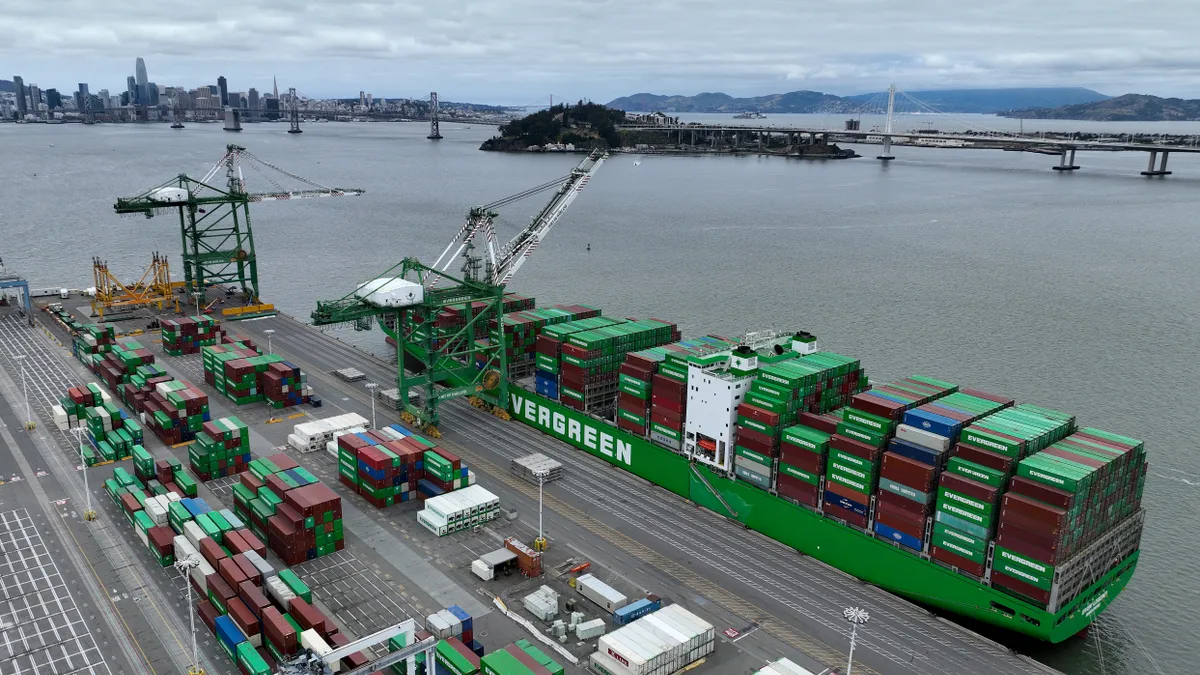Big companies paid their suppliers faster in 2022, with the number of days payable outstanding declining 8% or 4.7 days compared to the year-earlier period, according to the Hackett Group’s 2023 U.S. working capital survey of the 1,000 largest U.S. public companies.
The findings underscore a shift in the power dynamics away from buyers and towards sellers, who now have more leverage to demand faster payments, according to Hackett Group Director István Bodó. Extending DPO has long been a low-hanging fruit that product buyers have depended on to improve working capital and preserve liquidity for much of the past decade.
Bodó said he is unsure whether the loss of flexibility that buyers had previously enjoyed is temporary and he doesn’t expect a quick reversion. “It’s hard to predict if the recent degradation indicates a long term or temporary shift in dynamics but as long as organizations are facing rapidly changing demand, tight supply, and ongoing supply chain logistics challenges aggravated by geopolitical turmoil, we cannot expect a quick rebound,” Bodó said in an emailed response to questions from CFO Dive.
The reduction in time given to pay varied by industry with the consumer durables sector showing the biggest DPO decline (-25%) followed by a tie between the recreational products and oil and gas industries (-21%). Extended payment terms are prized by buyers because it gives them a lot more flexibility with cash flow which allows room to maneuver in response to unexpected events.
“From a working capital management perspective, organizations want to collect receivables in the shortest time possible, pay suppliers on the longest payment term possible, and meet demand without locking too much cash in inventories,” Bodó said.
The drop in DPO was offset by the 5% improvement in days sales outstanding, the average number of days it takes to collect payment for a sale, and a single-digit improvement in days inventory outstanding, which gauges the days a company holds inventory before selling.
But the net result was a deterioration in the so-called cash conversion cycle — a gauge of the time a company takes to turn an inventory investment into sales — as inflationary pressures on costs, supply chain disruptions from shutdowns of manufacturing plants in China due to COVID-19 measures and the Russia-Ukraine war weighed on operations, according the the report. The CCC ticked down to 36.4 days in 2022 from 35.2 days in 2021.
“This means that organizations were unable to improve working capital performance as gains on the receivables and inventories side did not compensate for the deterioration on the payables side, thus having overall a negative performance impact,” Bodó said.
This deterioration was driven by a combination of increased demand for goods, depleted inventory levels, and ongoing supply chain issues that have led to shortages of raw materials, commodities and key product components like semiconductors. In such an environment, entire industries are vulnerable to shortages and other disruption. As a result, there has been increasing resource competition between firms, which reduces all buyers’ negotiating power and flexibility to broker longer payment terms.
Bodó said that CFOs should be especially cognizant of the performance gap that widened between best in class and other companies in terms of their working capital performances. The data, he said, should be a wakeup call for organizations to act quickly and ensure they are not falling behind from a working capital performance perspective, as the current disruption to the working capital environment does not seem to be easing up.
“Disruption and uncertainty do not appear to be easing, but the nature of these challenges is evolving. Organizations with strong working capital management capabilities — including people, process and technology — will be best positioned to navigate through these challenges and address the abundant opportunities to release excess working capital. Median companies need to make sure they don’t fall further behind,” he said.
Bodó added that, for 2023, more and more companies are interested in exploring working capital optimization opportunities, focusing on payables and receivables. The Hackett Group plans for a mid-year update to examine this year more closely.





















